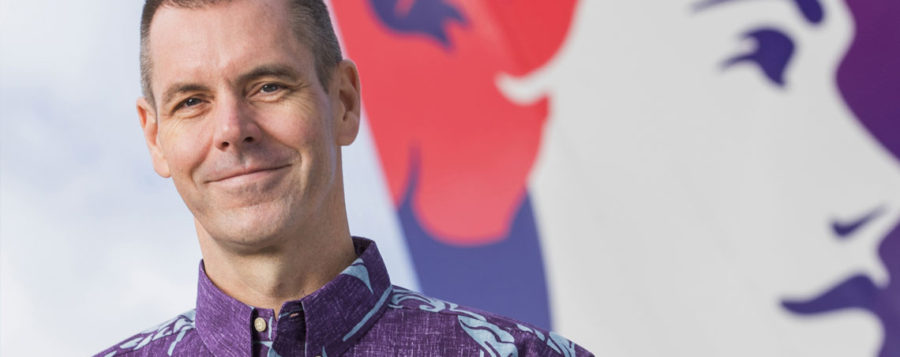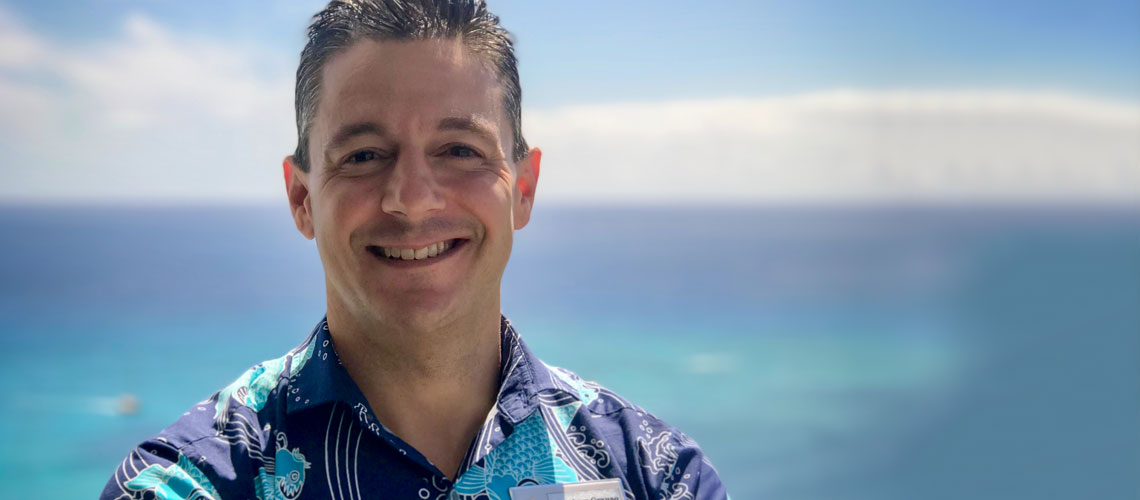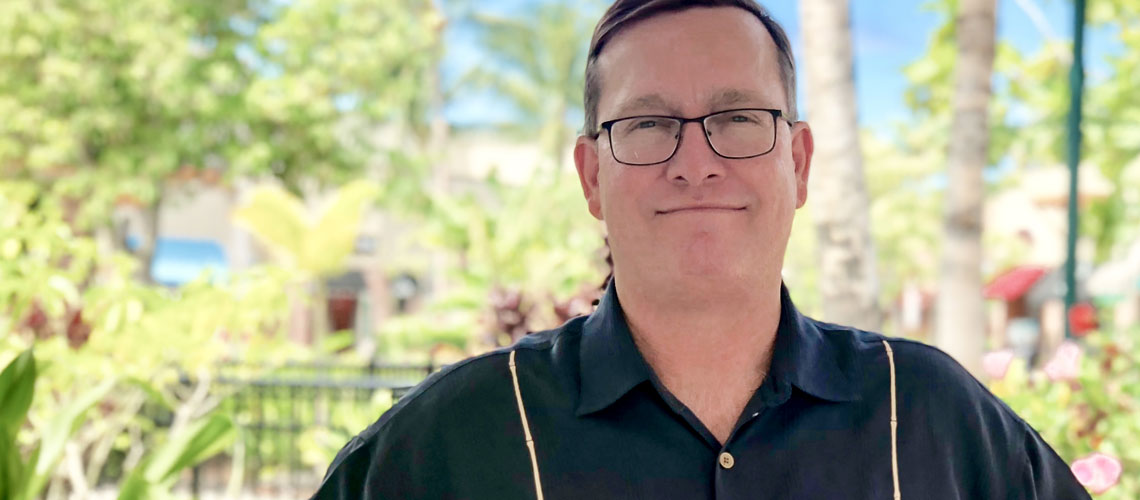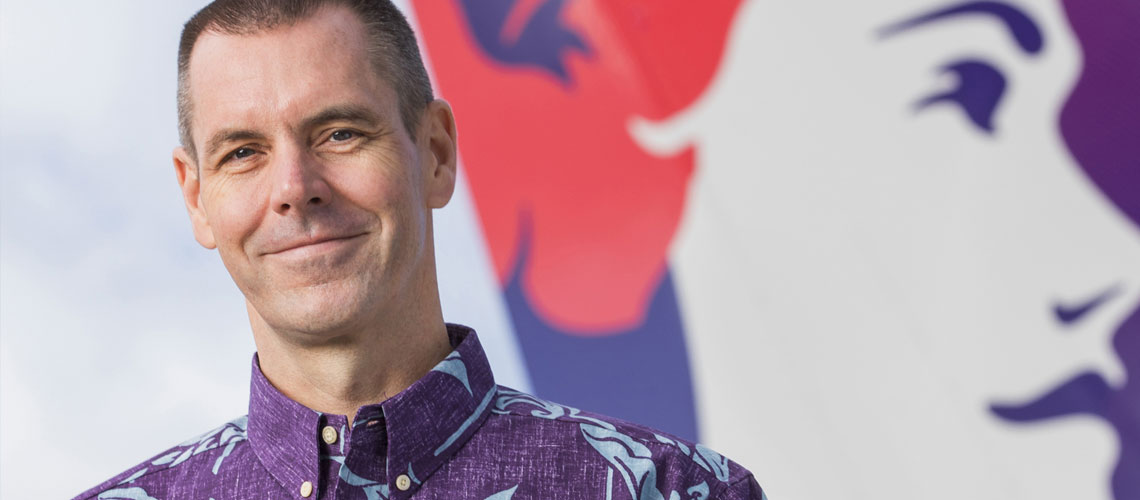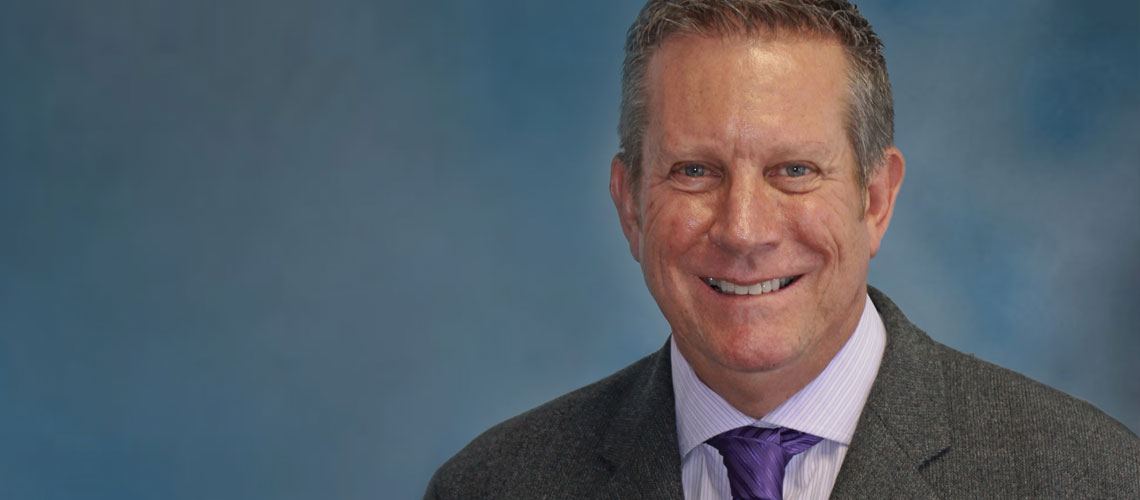What are some of the most game-changing consumer trends you’ve observed during your time at Hawaiian Airlines?
In the 14 years I’ve been at Hawaiian, travelers have become more savvy and discerning. They have more choices than ever before when choosing where to take their next vacation, and they’re equipped with more and better information about their travel options thanks to technology that puts a world of information at their fingertips. All of this makes air travel much less of a commodity than it used to be.
Hawai‘i is also a very competitive market, and we believe consumers are increasingly placing a premium on value and the quality of their flight experience when they visit our islands. That is why as Hawai‘i’s destination airline, we tailor all aspects of our business to serve the needs of Hawai‘i’s visitors and kama‘aina, and offer customized products in recognition of the fact that different guests value different amenities. We spend a lot of time refining our product offerings, increasing comfort in our aircraft, making our network more robust and enhancing our services to ensure we exceed our guests’ expectations and provide a memorable experience that will keep them coming back.
How have you navigated expansion in the Asia-Pacific region? What global dynamics have affected business in this area?
Our expansion in the Asia-Pacific region has been tremendously successful, and it validates the appeal of our brand and of the Hawaiian Islands. Japan, our largest source of international visitors, is a perfect example. Just eight short years ago, we didn’t serve Japan. Today, we are the second largest U.S. carrier on the busy Japan-Hawai‘i route, operating over 20 weekly wide-body flights from Tokyo, Sapporo and Osaka. We compete against much larger carriers, and our success demonstrates that our Hawaiian brand is resonating with travelers in Japan and in other markets on the Asian continent.
What advancements in the digital space have had the biggest impact on the airline industry? What strategies, approaches, or technologies are you utilizing to stay ahead of the curve?
The internet has completely changed how air travel is marketed and sold. A generation ago, airlines had limited ability to explain their products and services directly to consumers. Travel agencies were the prevalent intermediary between airlines and their customers, and this created a situation where it was hard to explain to the end consumer the different products and services that airlines offer. Now we sell over half of our tickets on our website, where guests can learn directly from us about our products, services and amenities. They don’t need to seek out an intermediary unless they find value in working with a travel agent. This direct information allows us to better explain the value in products like our popular extra-comfort seats, or how our lie-flat premium cabins differ from other airlines’ front cabins.
More recently, mobile technology has emerged as the primary way consumers connect with airlines between trips. This enables a lot of new ways for us to get information to consumers in real time, which can be particularly helpful with the day-of-travel experience. We’re in the midst of a significant investment in a new mobile app that will vastly change our capabilities in this regard.
How would you describe your leadership style? What does it take to be an effective leader?
I try to lead by example. I don’t think a leader should ask people to do anything that they wouldn’t do themselves. I also understand that, as an enterprise the size of Hawaiian, we can only succeed as a team. What we do as an airline requires careful choreography of every element of the business, and we are only as good as our weakest link.

